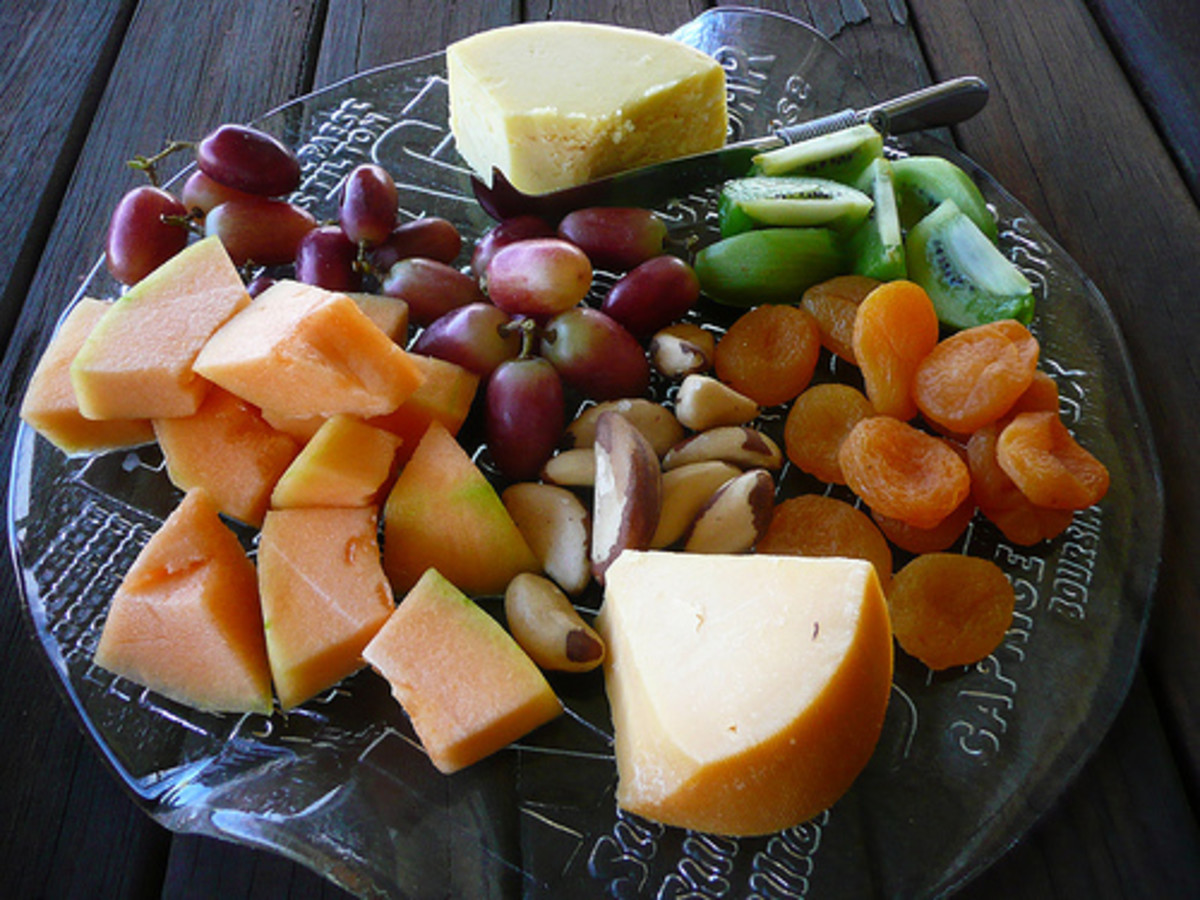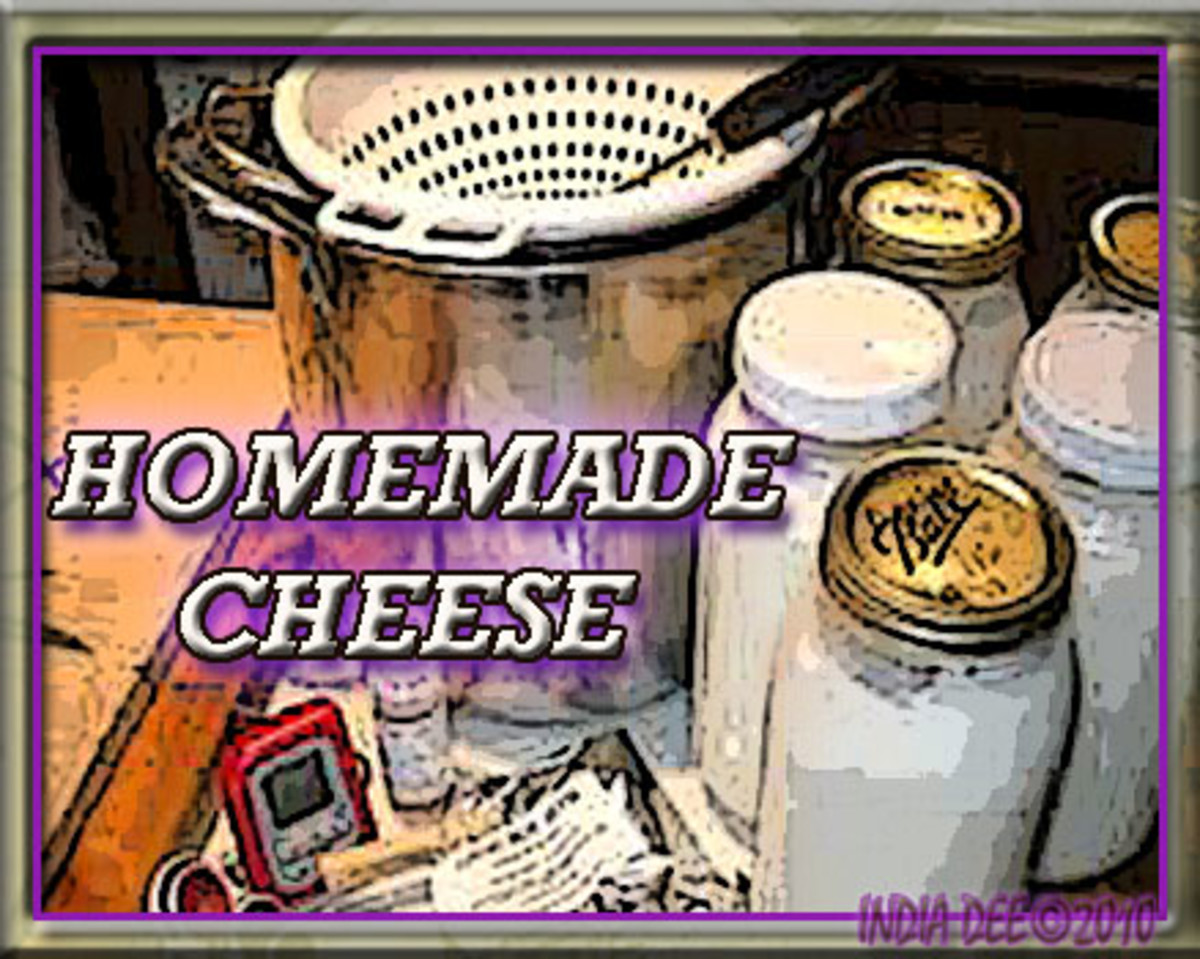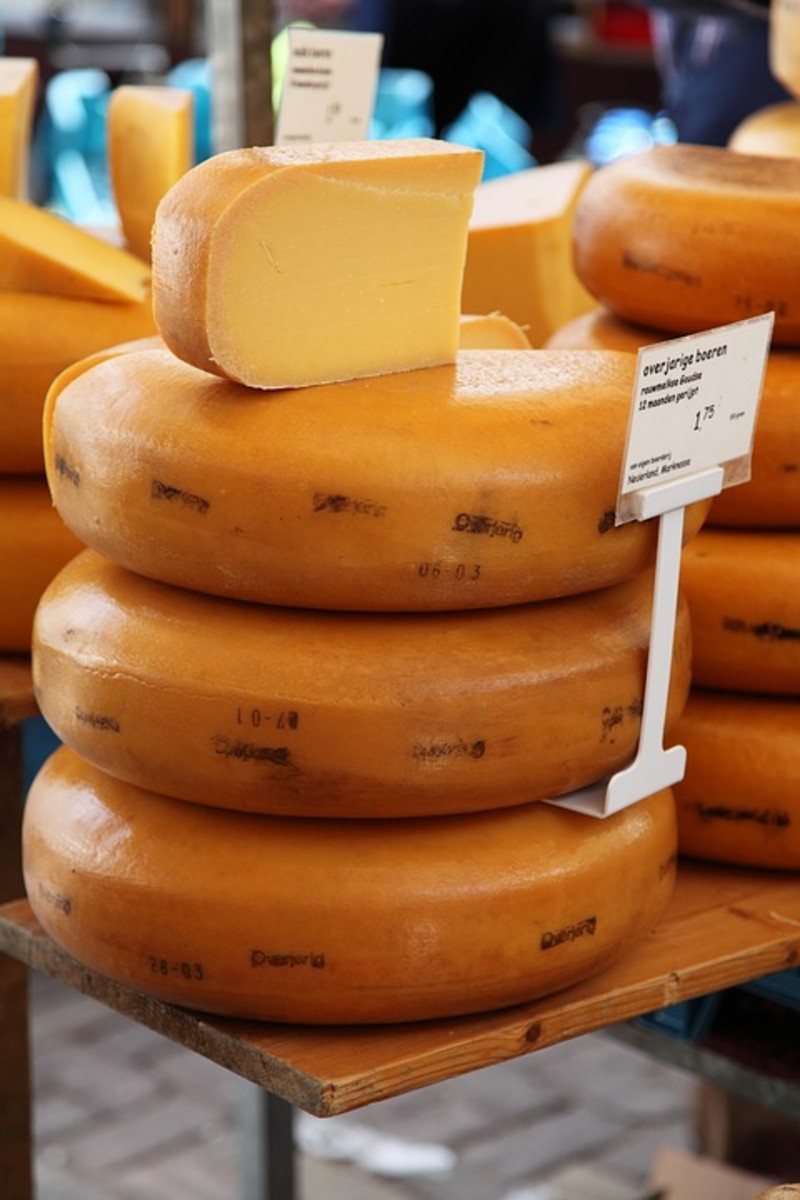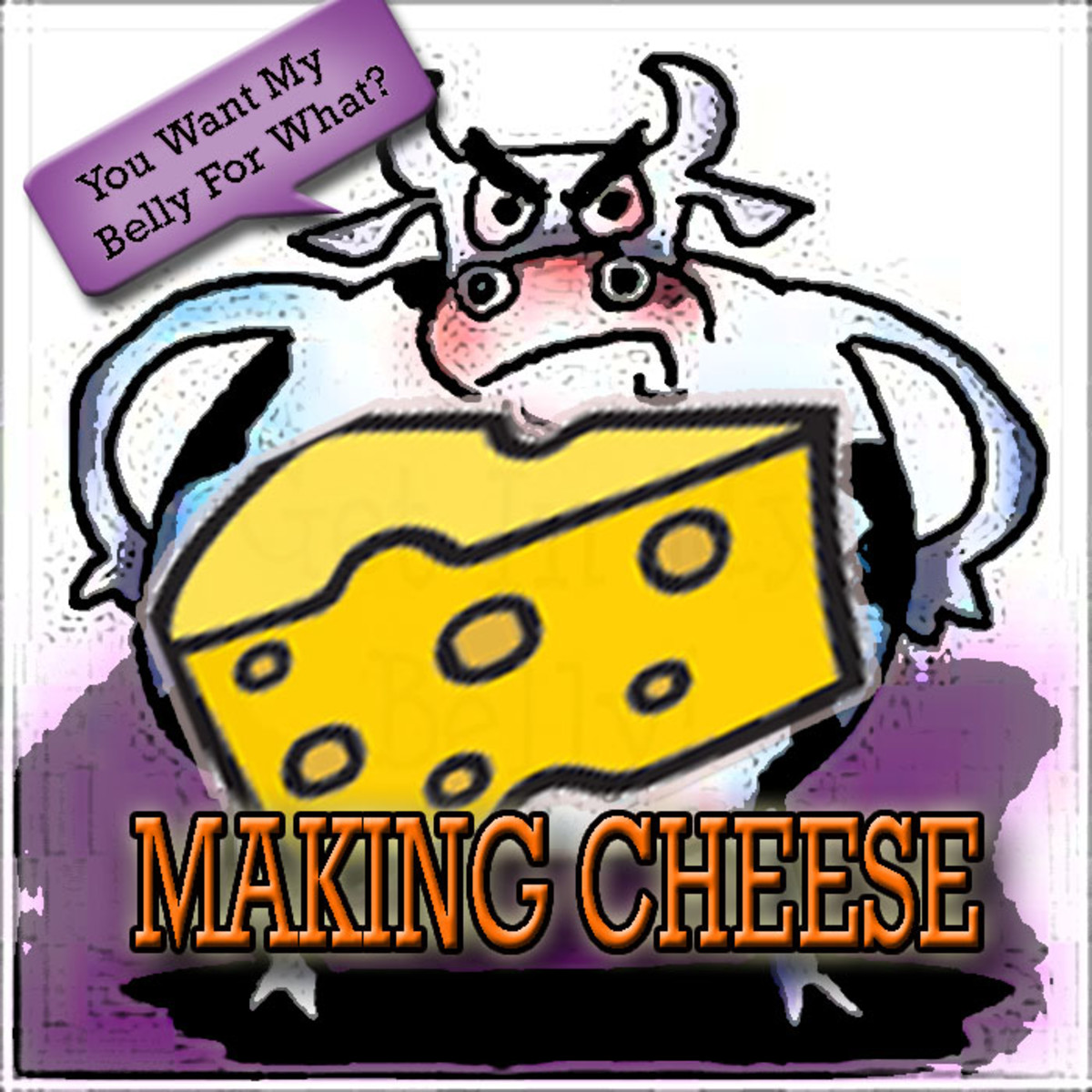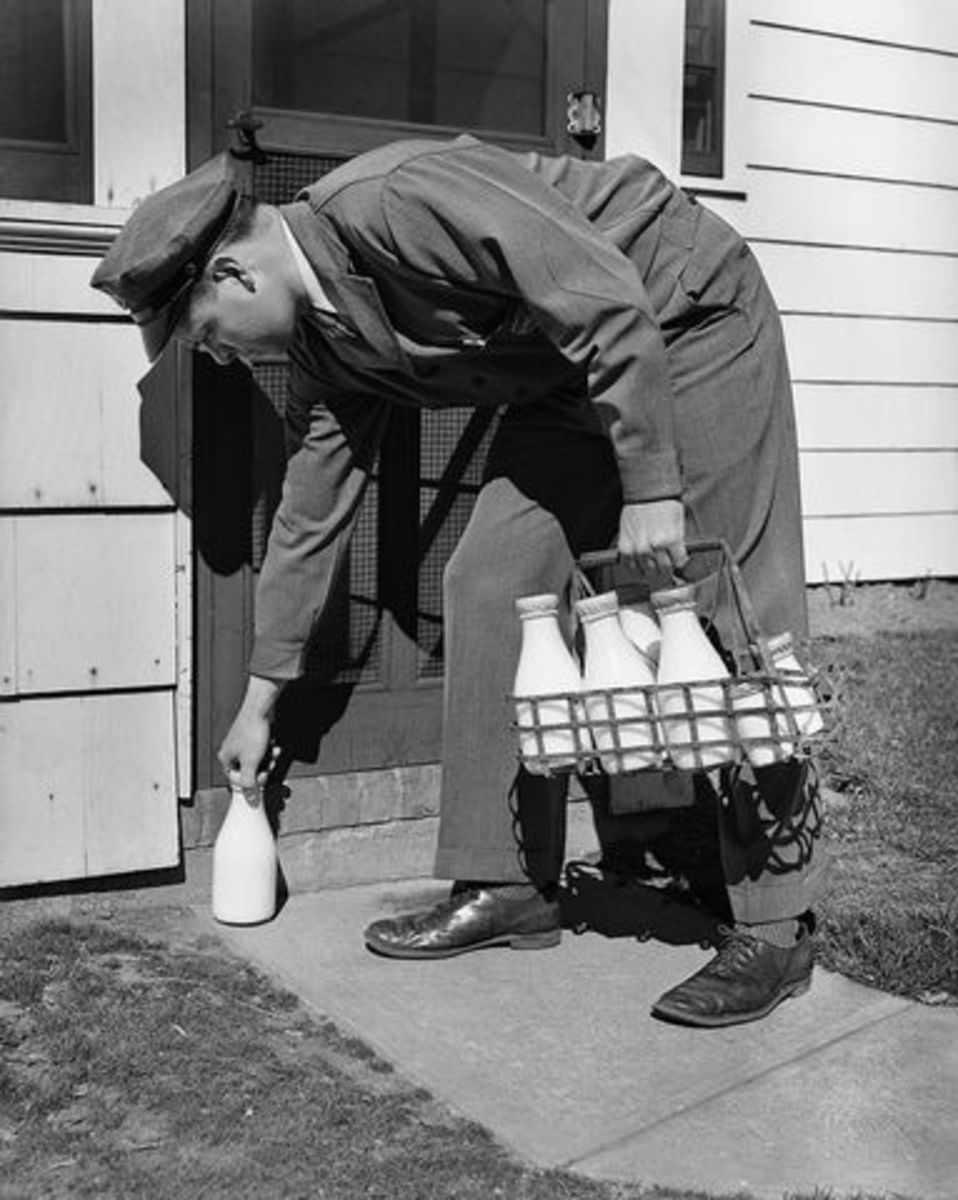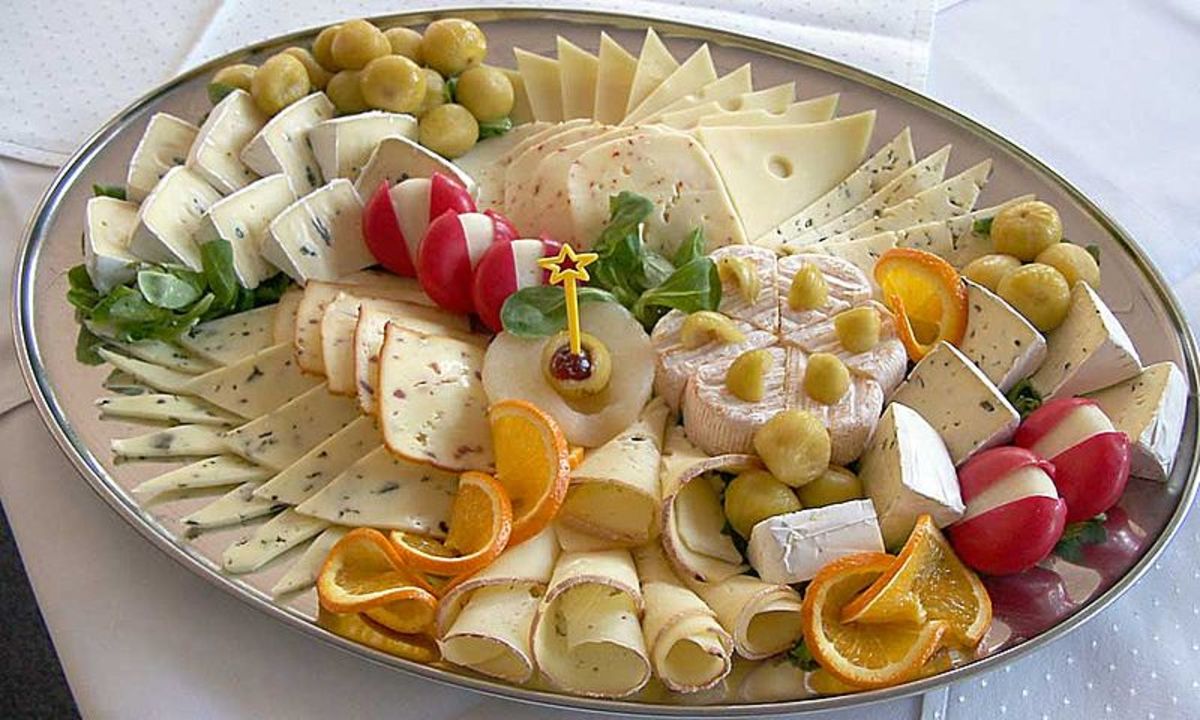Everything You Always Wanted to Know About Roquefort Cheese
About 5 years ago I would have never eaten a piece of Roquefort. I found that even the smell of such a strong cheese was pungent and overwhelming. Little did I know that only a few years later this blue cheese would become one of my favourite cheeses and that I wouldn’t mind travelling for hours to get to the famous Roquefort region just to buy a piece of Roquefort straight from the caves.
Considered a European luxury product in the United States, in France a piece of Roquefort along with a freshly baked bread is staple food for farmers!
Roquefort Cheese

Roquefort: The village
- Roquefort
- Roquefort-sur-Soulzon - Travel Guide, Tourist Information
Roquefort-sur-Soulzon - Travel Guide, Tourist Information

How Does It Look And How Does It Taste?
Roquefort is a white crumbly but moist cheese with distinctive veins of emerald green mould. It has a very characteristic aroma.
If you close your eyes and put a piece of Roquefort in your mouth, the first impression would be salty and creamy until your palate registers the green veins of mould which provide a sharp tang.
A typical wheel of Roquefort weighs between 2.5 and 3 kilograms, and is about 10 cm thick. Each kilogram of finished cheese requires about 4.5 litres of milk. This cheese has no rind.
What are those green veins in the cheese?
Some people are put off by the green veins and the strong smell of Roquefort cheese. I still remember the first time my grandmother visited me in France she was appalled by my “stinky” cheese selection. One day when I was out I came back to find that she had “saved” the edible part in my cheeses carefully taking out all the offensive green mould in them! She wouldn’t hear any explanation, for her mould meant “it’s gone bad”
But, does the green mould really mean that the cheese has gone bad? Strictly speaking, I suppose that the answer is yes. But in practice it is the mould that gives the Roquefort its distinctive character. The Roquefort mould, Penicillium Roqueforti, is found on the soil of the local caves. Traditionally it was extracted from bread that was left in the caves to mould for about six to eight weeks. Nowadays, less traditional methods of producing Roquefort involve producing the Penicillium Roqueforti in laboratories.
History and Legend...
According to some data, Roquefort cheese was first recorded in written records during the X1 century.
France is always part of the romantic imaginary, and Roquefort cheese is no exception to this influence. The legend about the creation of this cheese starts with a shepherd who saw such a beautiful lady when he was looking after his sheep, that he fell head over heels in love with her. He was so in love with her, that he left his sheep alone and forgot his sheep’s cheese sandwich in one of the caves. Some weeks later when he came back from his romantic adventures. He found out that the Penicilium Roqueforti had transformed his lunch into the celebrated Roquefort cheese!
Buy authentic French Roquefort on line
Roquefort Producers
As of 2009, there were seven Roquefort producers. My favourite one is the Roquefort Papillon although the largest manufacturer is Roquefort Société made by the Société des Caves de Roquefort and holding around 60% of the total production.
If you ever happen to be in the Roquefort area, don’t forget to set some time aside to visit the Roquefort Societé which opens its facilities to tourists.
How does the production of Roquefort cheese affect the Roquefort area?
It is said that the production of Roquefort involves around 4,500 people who herd special ewes on 2,100 farms producing milk.
Otherwise an almost sterile area, the Roquefort region owes its richness to the production of cheese.
Roquefort in numbers
- The 2008 total production of Roquefort was reported as about 19,000 tons.
- A small proportion, 450 tons out of 3,700 in total exports, goes to USA tables. This small amount might be explained by a 300% tax on European luxury goods started in 2009.
- The largest foreign consumer of Roquefort is Spain.
Roquefort
The Laucane Sheep

What gives Roquefort its AOC?
There are around 40 different cheeses in France that hold an AOC. The protected designation of origin that Roquefort holds needs to be strictly observed for a cheese to be called Roquefort. Among the main AOC requirements for a blue cheese to be considered Roquefort, are:
- The milk used to manufacture the cheese must be delivered at least 20 days after lambing has taken place.
- The sheep used must be of the Laucane race created in 1942 mixing several breads.
- The sheep must be on pasture, it is forbidden to keep the sheep permanently in stables.
- At least 3/4 of any grain or fodder fed to the ewes must come from the Roquefort area.
- The milk used to prepare the cheese must be whole, raw, and unfiltered.
- The Penicillium roqueforti used in the production must be produced in France from the natural caves of Roquefort-sur-Soulzon.
- The salting process must be done using dry salt.
- The whole process of maturation (at least 90 days) must take place in the Combalou caves, an area of 2km by 300m, in Roquefort sur Soulzon.
- Cutting, packaging and refrigeration of the cheese must take place in the commune of Roquefort-sur-Soulzon.
When is the Best Time to Have a Roquefort?
Although good all year long, the best period for tasting Roquefort is from April to October.
Once at home you must keep your cheese in its original package or in aluminium foil in the lower part of your fridge or your cave/cellar.
Before eating your cheese it is recommended to take it out of the fridge or cave at least 3à minutes before degustation.
Cheese and Wine
If you ask a French person what is the best wine to bring out the best of your Roquefort, you can almost bet that each of them will give you a different answer and a long explanation for their choice. Personally, I used to have a Medoc with my cheese, mainly because the wines from the Medoc area are my favourite ones. However, recently at a friends party I discovered a new “marriage of flavours” Roquefort and Sauternes. This white wine is at the moment my must-have wine for tasting a piece of Roquefort on a summery afternoon. I recommend you try it.
How to make a cheese platter
- How to make a great cheese platter by barryrutherford
To fully appreciate a cheeses flavour, aroma and texture, never serve it cold. Take it out of the refrigerator an hour or two before serving less, in very hot weather to allow it to come to room...
Creating a cheese platter :
Personally, when creating an after dinner cheese platter I consider at least 3 types of cheese : a soft cheese like brie or camembert, a blue cheese (you guessed right : Roquefort) and a Hard cheese like cantal, comte or beaufort.
Blue cheese and French local folklore:
Before the discovery of Penicillin, shepherds use to apply cheese to open wounds to avoid gangrene. It looks like they were on the right track!
A Some curious fact:
The president of the region Midi-Pyrénées, Martin Malvy, sent some Roquefort cheese to American president Barack Obama for his inauguration as a president.
This content reflects the personal opinions of the author. It is accurate and true to the best of the author’s knowledge and should not be substituted for impartial fact or advice in legal, political, or personal matters.
© 2010 Wendy Iturrizaga


